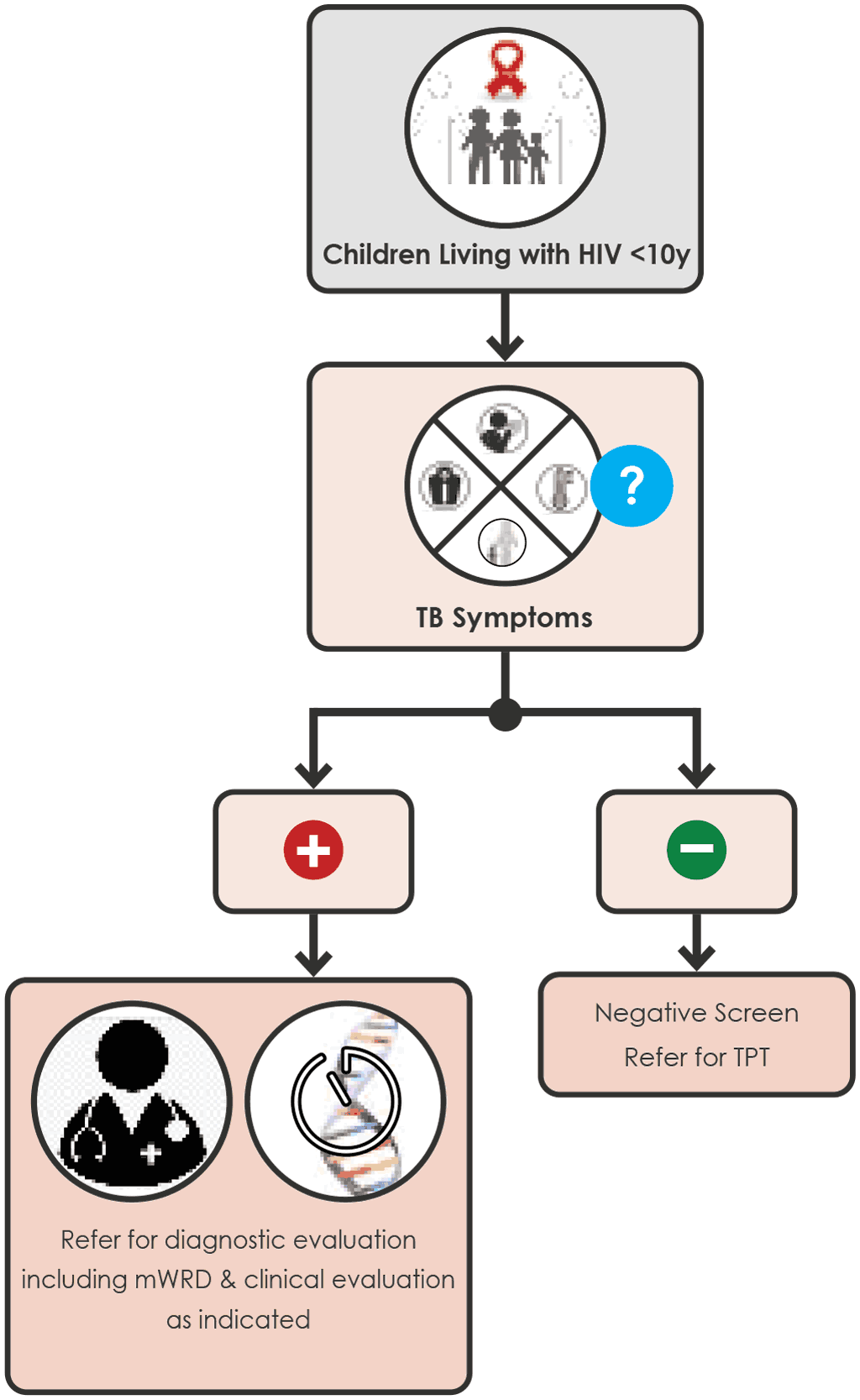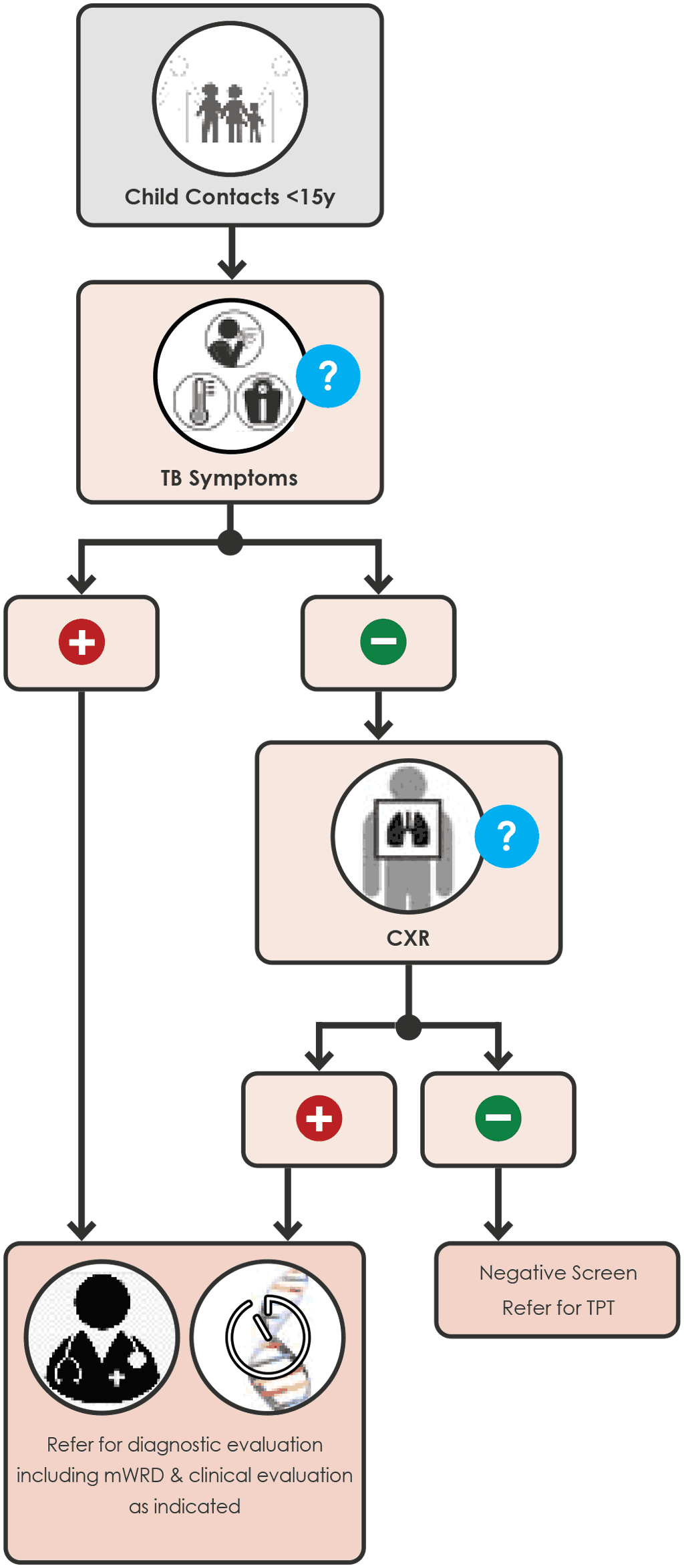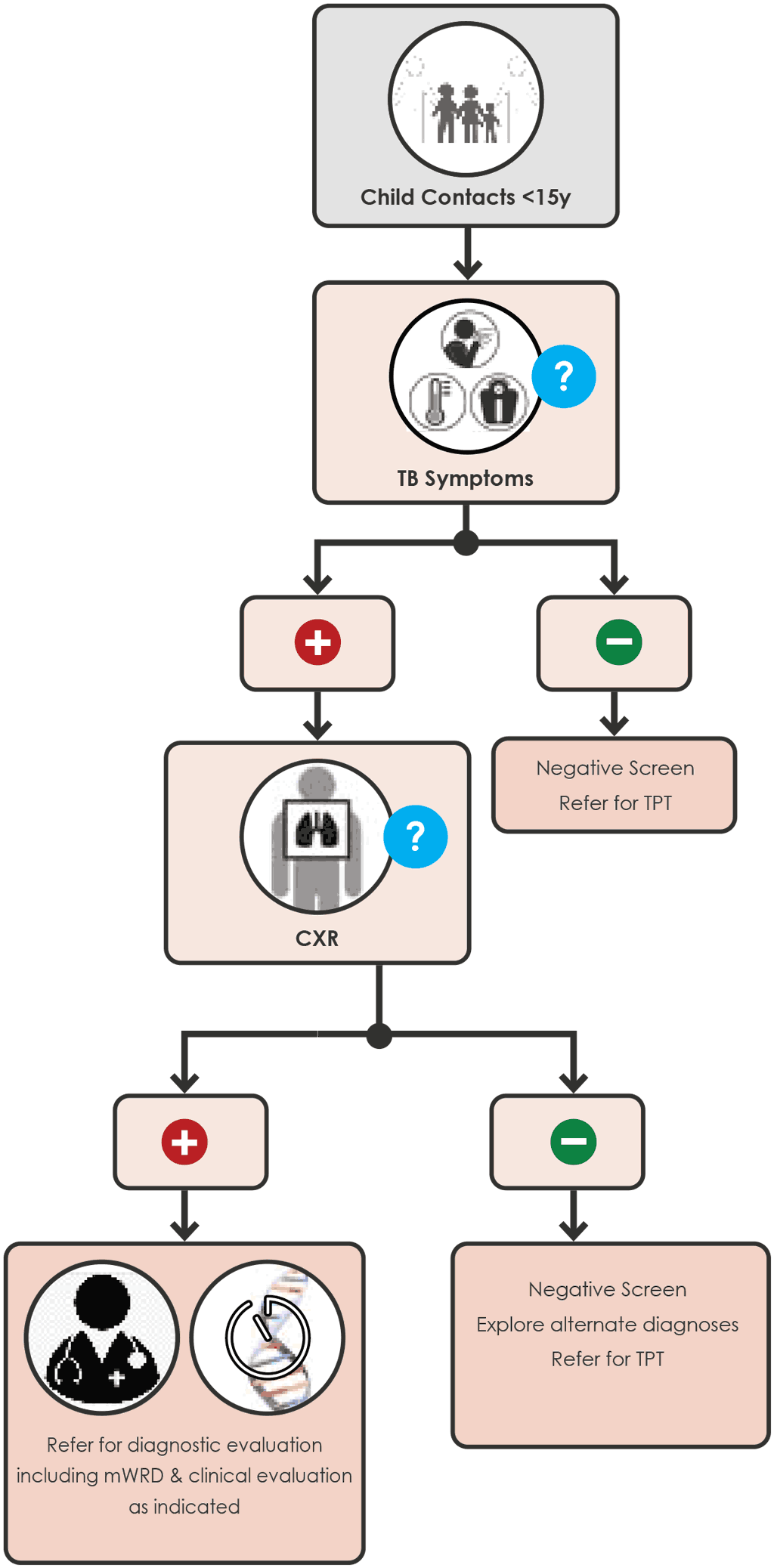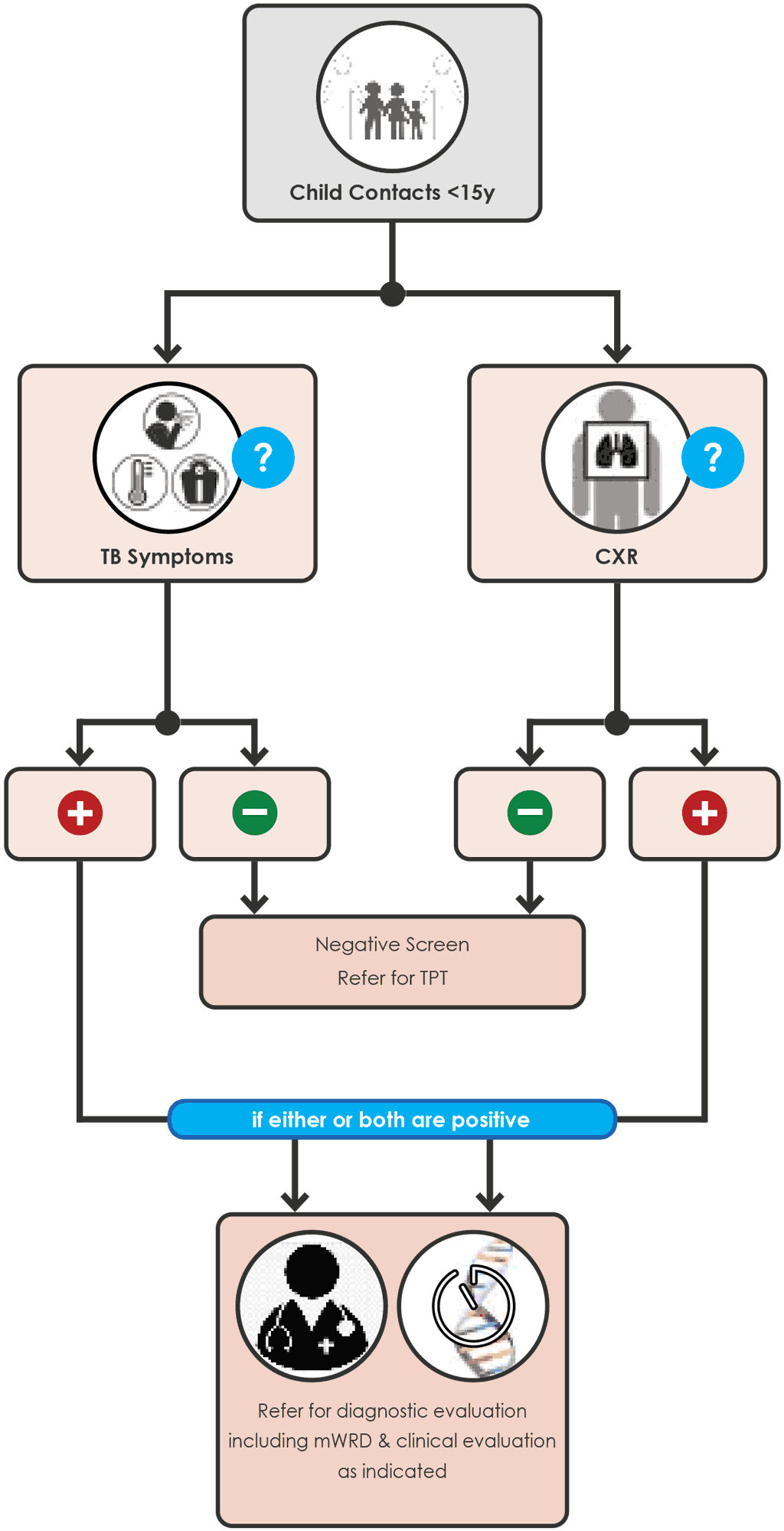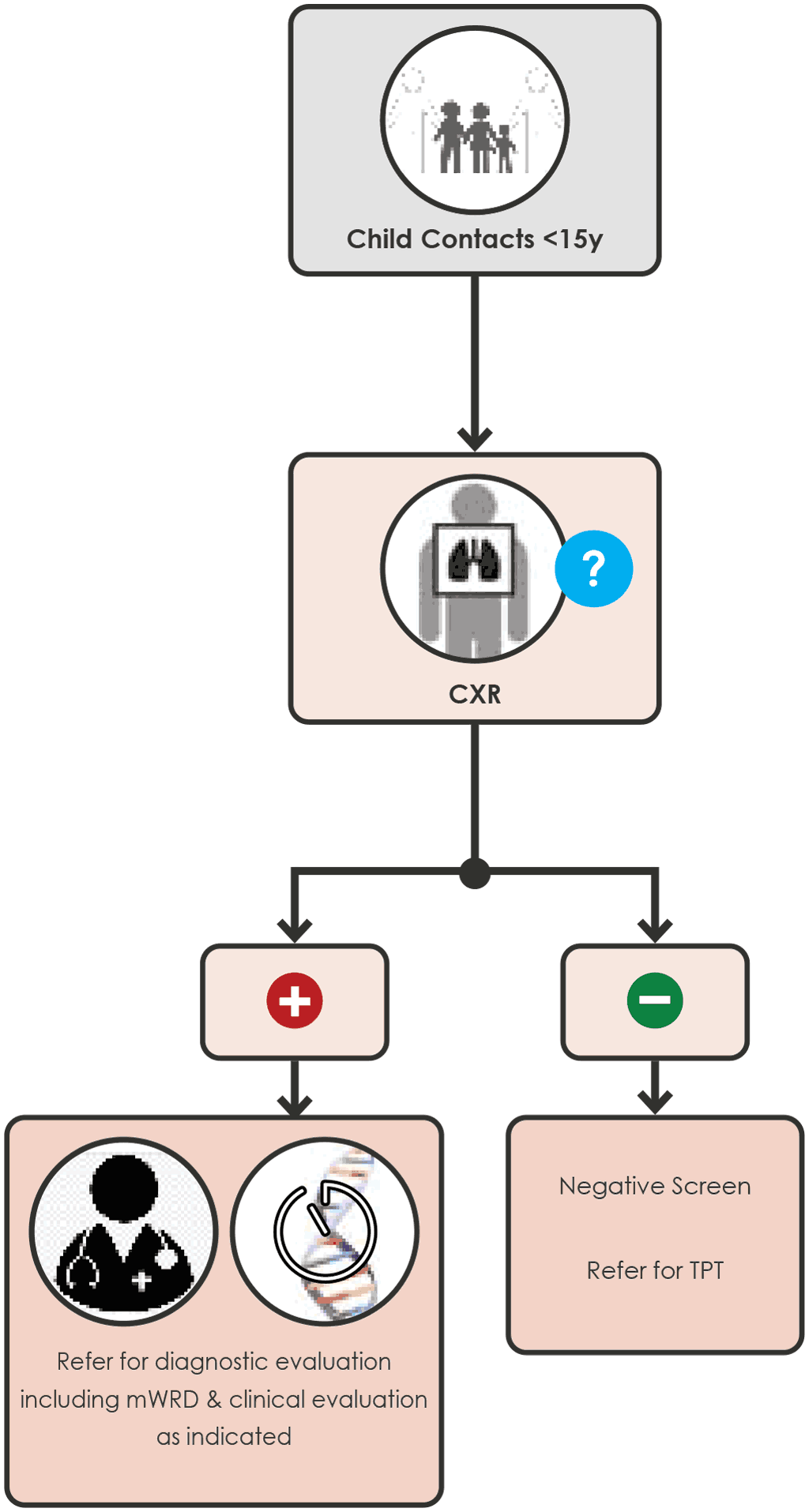Screening
Web Annex C. GRADE Evidence to Decision Tables
click here to view Annex C
Web Annex B. GRADE Summary of Findings Tables
click here to view Annex B
Web Annex A. Methods and Expert Panels
click here to view Annex A
Pagination
- Page 1
- Next page
 Feedback
Feedback
